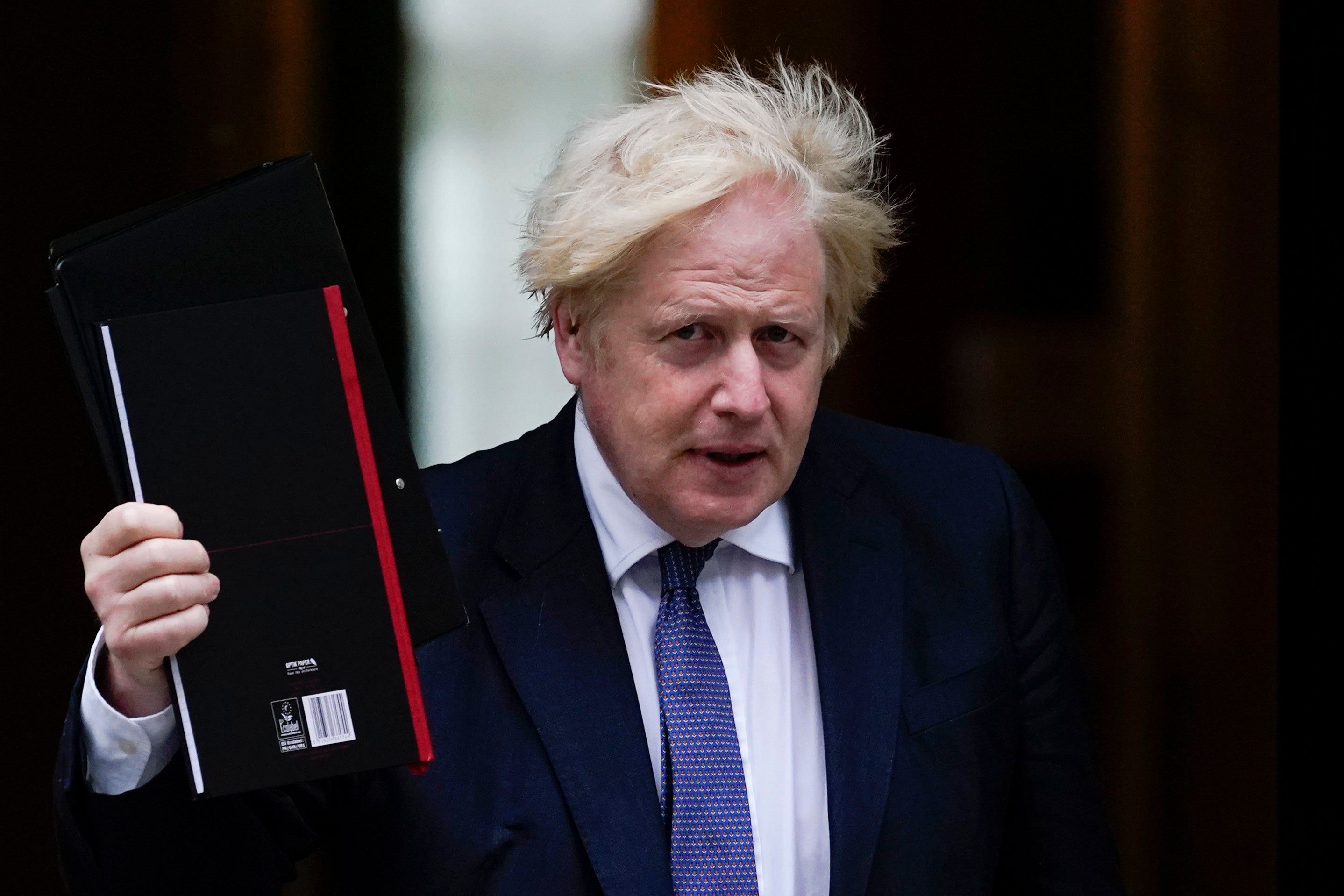What risks will a reshuffle involve for Boris Johnson?
Reports suggest a reshuffle after the climate summit, but they rarely go as planned, writes Ashley Cowburn


As Dominic Raab faces questions over his handling of the crisis in Afghanistan and his failure to make a crucial call on holiday to help interpreters attempting to flee the country, speculation has inevitably brought up suggestions of a long-rumoured cabinet reshuffle.
While Boris Johnson sought to defend his foreign secretary on Friday evening – insisting he “absolutely” had confidence in him – some have questioned whether Raab will be moved from the helm of the Foreign Office when the prime minister decides to freshen up his top team.
Westminster has been anticipating that the prime minister will attempt a reshuffle for some months now, but reports No 10 had pencilled in early in the summer did not come to fruition. According to the Financial Times, it may now not be on the cards until after the conclusion of the climate summit – Cop26 – in Glasgow this November.
How well some cabinet ministers perform at this crucial summit, which will bring together leaders from across the world, may provide an indication as to whether they will survive the next reshuffle.
But the prime minister will be well aware that reshuffles are always fraught with difficulties and don’t always seem to go as planned – despite how meticulously they are designed by the strategists in No 10. There will be MPs left with a sense of resentment at being demoted or being cast back to the backbench. Hiccups often arise too, some with damaging consequences.
During Theresa May’s tenure, the former prime minister, whose authority was already hanging by a thread, went ahead with a reshuffle in January 2018. Almost everything that could have gone wrong did go wrong: Conservative headquarters erroneously congratulated Chris Grayling for his new appointment as party chair, Justine Greening quit as education secretary after refusing to move position at May’s request. Some members of the media were also briefed – prematurely – with the news that Jeremy Hunt had been removed as health secretary.
At Johnson’s last major reshuffle – following his decisive 2019 general election victory – changes the government wanted to impose at the Treasury to curtail the minister’s power were met with resistance by the then-chancellor Sajid Javid, a close ally to the PM.
He has since returned to the cabinet following the resignation of Matt Hancock as health secretary, but at the time he blasted that “no self-respecting minister” could accept the conditions being imposed on him and walked out of the cabinet in February 2020. The relatively junior Rishi Sunak was then appointed to the role.
In an article for The Guardian, ahead of the same reshuffle, Paul Harrison, a former press secretary to the May government, also explained the perils: “Boris Johnson will never be more powerful as prime minister than he is now.
“But at the end of the day, and amid all the flattery he will be repaid with from those in post, he will have new enemies too.” It’s a salient point and something the prime minister will desperately want to avoid if he does decide to conduct a reshuffle this autumn or winter.



Join our commenting forum
Join thought-provoking conversations, follow other Independent readers and see their replies
Comments